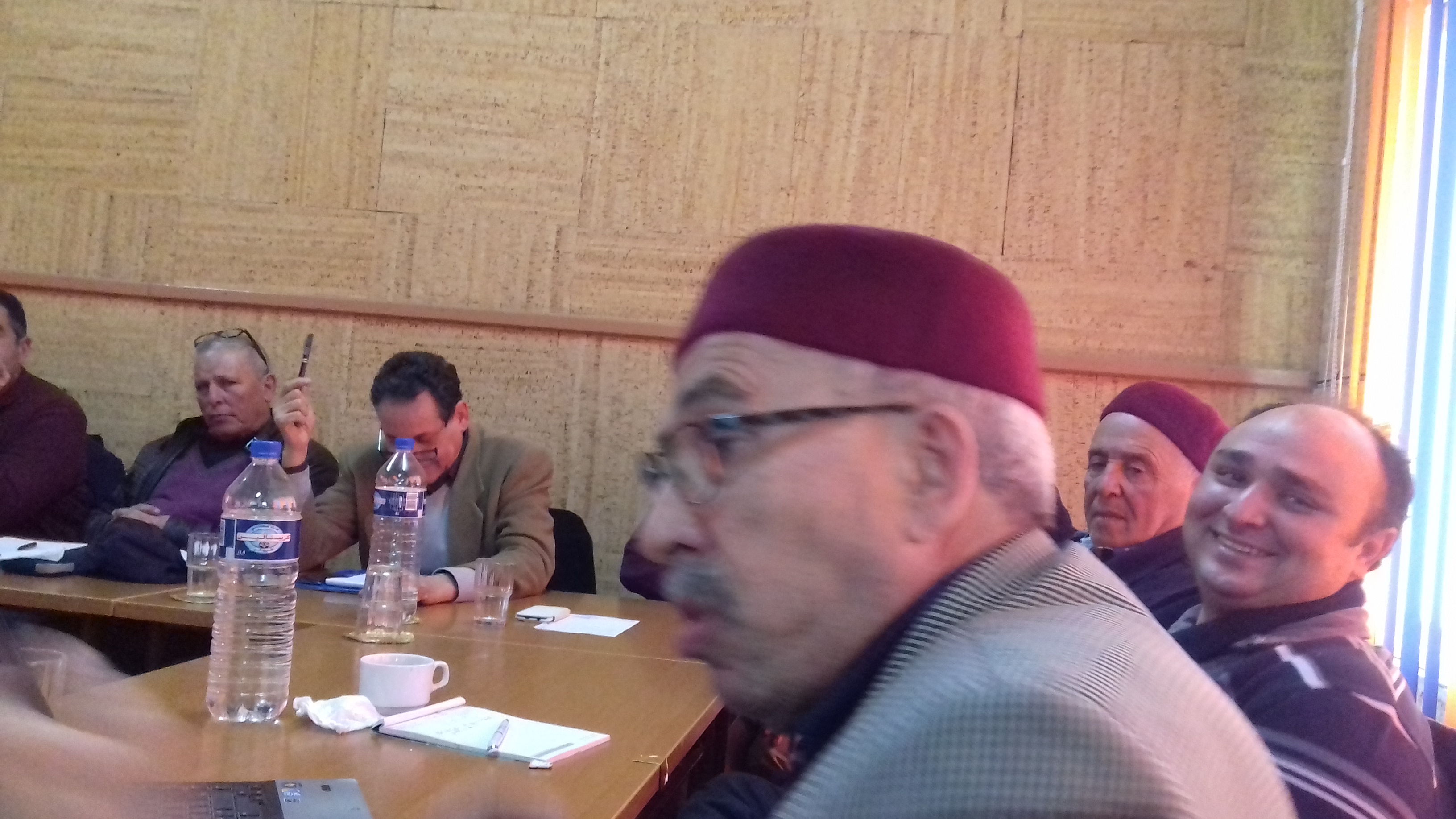An Overview Of Our Solution
- Population Impacted:
- Continent: Africa
Organization type
Population impacted
Size of agricultural area
Production quantity
People employed
Describe your solution
Describe your implementation
External connections
What is the environmental or ecological challenge you are targeting with your solution?
Describe the context in which you are operating
From an original flock of about 500 ewes of a thin tail breed (Queue Fine de l'Ouest) common to Tunisia and Algeria, Father Novat (of Dutch origin) initiated a crossbreeding program in 1912. He crossed a black-colored Merino-type with QFO ewes and pure merino rams with black QFO ewes. With these two types of crossing, he obtained progenies with varied colors from brown to black well adapted to graze in cereal fields without any sensitivity problem. Selection on the quality of wool and the black color continued until 1924 when the breed was fixed. In 1945, the Black Thibar had its registered "Flock Book". The breed has played key roles in food security, wool production and secured revenues of more than 6000 small sheep owners. The total breed size has reached 70 000 ewes. Since the 1980s, several problems have appeared in many flocks of this breed, in particular the appearance of the white color due to inbreeding and the absence of a reliable genetic scheme. Attempts were made to overcome these constraints by the infusion of genes from Black Swiss rams, but failed. In 2003 a breed association was formed to promote the breed. In April 2016, the association sought advice from the University for a sustainable breeding strategy to save and promote the Black Thibar breed.
How did you impact natural resource use and greenhouse gas emissions?
Language(s)
Social/Community
Water
Food Security/Nutrition
Economic/Sustainable Development
Climate
Sustainability
The cooperative work between the Black Thibar association, the research lab. and the National Sheep Improvement Program is essential for the sustainability of this work. In coming together for the Black Thibar breeding strategy, every partner contributes by little and little with little becomes sufficient enough to do the job. Aware of this reality and convinced to make the program sustainable, memorandums of understanding were signed by the three stakeholders and between the GDA and its members to share responsibilities. Culling and replacements operations are annual tasks in Black Thibar flocks. The cooperative work will reduce costs and increase benefits shared through superior genes.
Return on investment
Entrant Image

Entrant Banner Image

